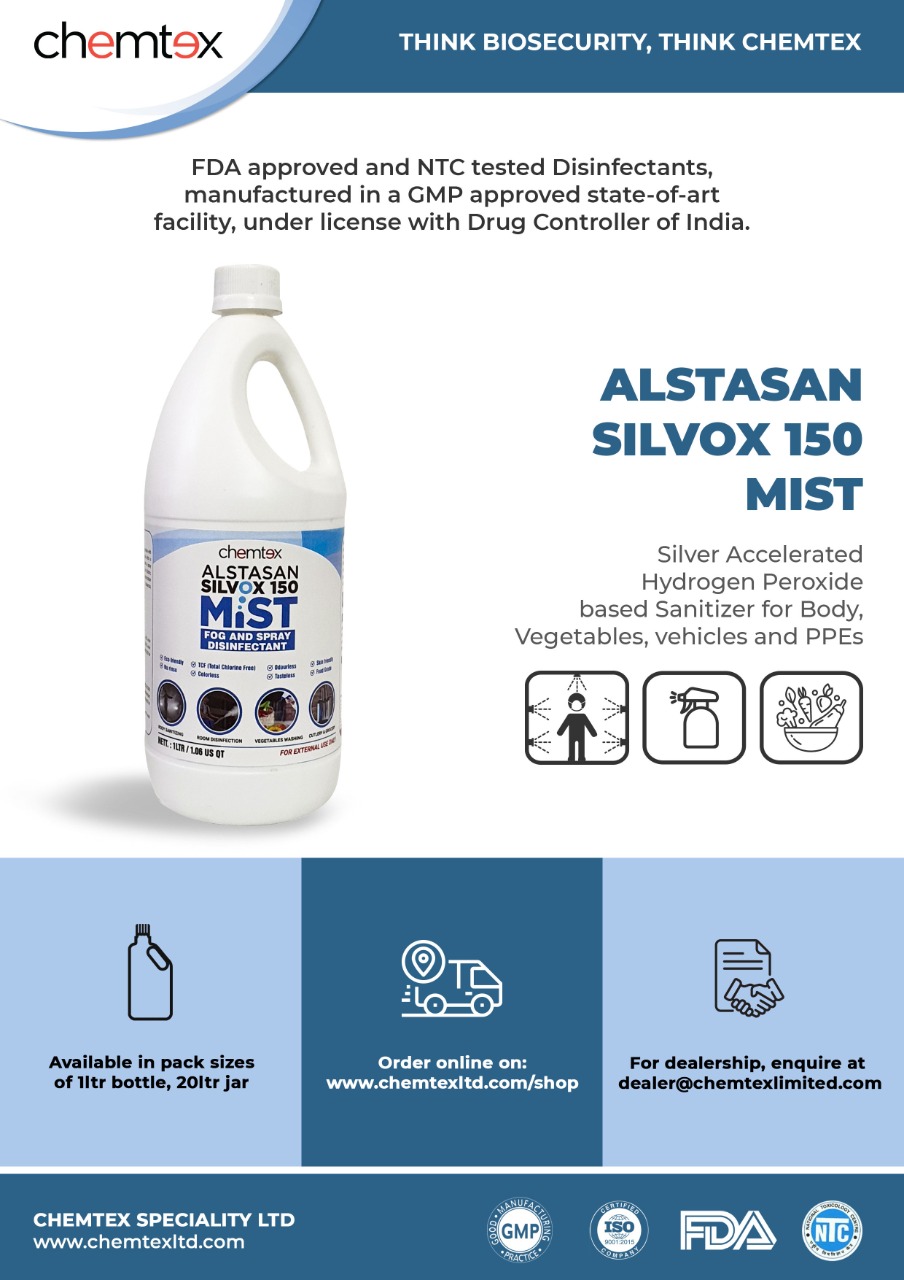Superabsorbent Polymer based on Potassium Polyacrylate is one of the revolutionaries as well as an economical way to solve the water crises in the irrigational field. This unique formulation has not only been able to solve water-centric irrigational issues but also has immensely contributed to the upgradation of soil texture upon application.
How it works?
This polymer upon contact with water, swells up, behaving like mini reservoirs and imparting water-retaining property to the plant roots, ensuring uninterrupted water supply and optimal growth. These granules mix up between soil particles and upon contact with water molecules swell up forming beads owing to water-absorbent technology.
These swollen potassium polyacrylate beads release water as upon required with osmotic pressure, to keep the surrounding environment moist whenever it starts drying up. Now, if these polymer granules are spread over the fields beforehand, the irrigational water can be stored and released helping in two way: • Less water drainage. • Reduced requirement of surface water
For any developing Nation, Agriculture contributes a lot to its economy. It sees through an overall aspect related to food security for the ever-increasing population, providing a source of hand to mouth for several rural area-based people.
Farming technology has evolved over the years similar to topology, soil conditions, geography, crop varieties, etc.; Still, there are places where conventional style of farming is still practiced which not only reduces the effective use of water but also limits the available resources.

The current period is seeing some dilemmas identified with consumption of natural assets, water being the most significant one of them, for the most part in dry and semi-dry regions because of inadequate and questionable precipitation. The interest for clean water is quickly expanding and its accessibility for the coming time is declining considerably quicker. The greater part of the accessible consumable water and the flow water system rehearses cannot oblige half of the developed yields because of shifted topographical elements of the sub-mainland and changed soil surfaces. These regions actually follow conventional practices which bring down the powerful utilization of water as well as reduction the utilization of accessible water for crops.
Mentioned even on Wikipedia, Chemtex Speciality Limited is one of first companies to manufacture “Alsta Hydrogel” as a basic, simple to use environment friendly agriculture polymer that farmers can successfully use to decrease water utilization without compromising on plant’s health and growth and yet yield rich green harvests even in dry spell conditions. It has a cross-linking molecular structure with a hydrophilic group attached, which absorbs water about 500 – 600 times its own weight. Even trapping rainwater which can be released later at the time of requirement over a longer drought, absorb nutrients from the soil which are utilized by plants for carrying out various physiological processes. One of the major advantages of “Alsta Hydrogel” is that it can be used on a wide variety of soil. Neither the polymer alters the chemical composition of soils on which it is applied, nor does it impair the action of applied biocides viz. fertilizers, herbicides, fungicides, insecticides, etc.
For more information, visit us at www.hydrogelagriculture.com










